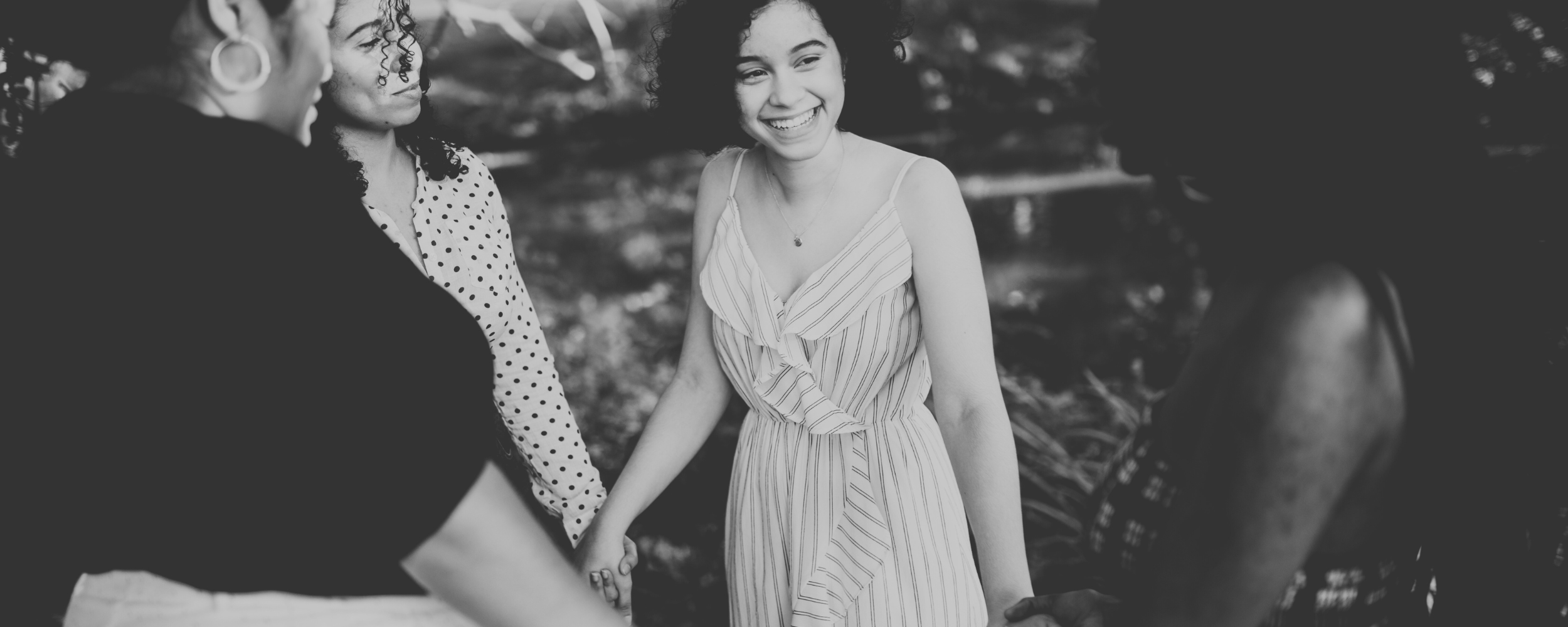Why Women with Autism Are Often Overlooked—And How Brightstone Helps
Autism doesn’t look the same for everyone—and that’s especially true for women. While autism occurs at similar rates across genders, research shows women are up to three times less likely to receive a diagnosis. Why? Because most diagnostic tools were designed around how autism presents in boys.
The Masking Challenge
Many autistic women become experts at “masking”—hiding their symptoms by mimicking social behaviors, forcing eye contact, or staying silent in overwhelming situations. While masking can help them “blend in,” it often leads to burnout, exhaustion, and years without the right support.
How Brightstone Supports Autistic Women
At Brightstone, we create a space where masking isn’t necessary. Our neurodiversity-affirming approach encourages authenticity, values individuality, and personalizes support. For women, this means life skills coaching, mentorship, and social-emotional learning that respects their unique experiences.
Being Seen, Being Understood
Every young adult deserves to feel understood—not overlooked. Whether or not someone has a formal diagnosis, Brightstone offers a community where differences are celebrated and strengths are nurtured.
Discover how Brightstone helps neurodivergent young adults live authentically.

